My professor gave us this slide while explaining Hash Collision probabilities:
When I looked up the probabilities of two people having the same birthday in the "Birthday Paradox", I found on Wikipedia and other sources that the probability at n=10 is supposed to be 11.7. In fact every value I found and calculated myself using his formula was different from the professor's slide.
So my question is: when he asks "How many students can we hash into our table before a collision occurs," is that different from calculating the probability that any 2 students has the same birthday?
And if so, is there a formula for that?
Or was his slide was just wrong?
